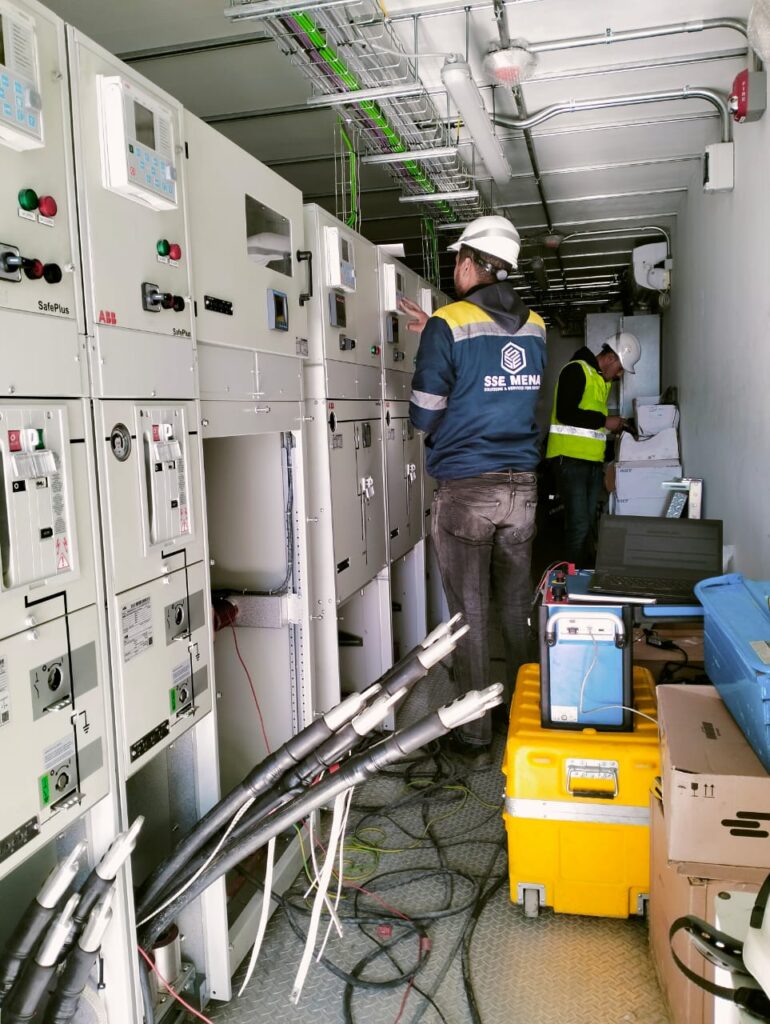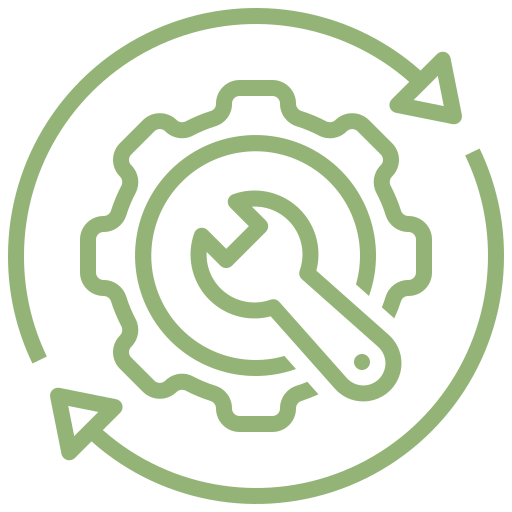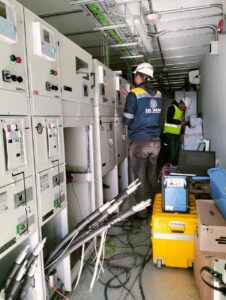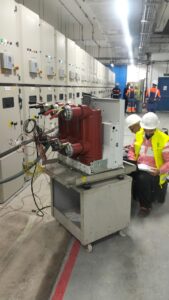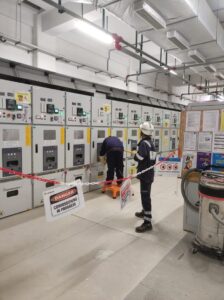Cost Maintenance Management Software (SAP/ MAXIMO/ OPTIMIS) – Implementing efficient CMMS (Computerized Maintenance Management System) software such as SAP, MAXIMO, or OPTIMIS to streamline maintenance management processes and data organization.
Implementation CMMS Data Project Definition – Defining the project hierarchy, including systems, sub-systems, equipment, items, vendors, and tag numbers within the CMMS to effectively manage maintenance data.
Generic Maintenance Strategy (GMS) – Developing a standardized maintenance strategy that outlines the overall approach for maintenance activities, considering factors such as equipment criticality, risk assessment, and maintenance best practices.
Planned Maintenance Routing (PMR) – Establishing planned maintenance routes that specify the sequence of maintenance tasks to be performed on equipment, ensuring efficient and timely execution.
Establish Failure Mode & Effect Analysis (FMEA) – Conducting FMEA to identify potential failure modes, their effects on equipment and operations, and developing strategies to mitigate these risks through preventive and predictive maintenance measures.
Create Maintenance Spare Part “Mini Stock” – Setting up a mini stock of essential maintenance spare parts to ensure their availability when needed, reducing downtime and improving maintenance efficiency.
Preventive Maintenance – Implementing various preventive maintenance strategies including:
- Preventive Conditional: Performing inspections and maintenance based on condition monitoring parameters such as temperature, vibration, oil sampling, insulation, radiography, infrared readings, HVAC air/freon/water balancing, and calibration.
- Preventive Systematic: Executing maintenance tasks as per vendor specifications, requirements, and recommended frequencies.
- Predictive: Utilizing predictive maintenance techniques such as equipment monitoring and data analysis to predict potential failures and perform maintenance proactively.
Corrective Maintenance – Addressing equipment failures or malfunctions through timely and efficient corrective maintenance actions, restoring equipment to proper working conditions.
Prepare Maintenance Work Packages – Creating comprehensive maintenance work packages that include required tools, spare parts, disciplines involved, timelines, and relevant vendor drawings and specifications, ensuring smooth execution of maintenance tasks.
Anticipate Accessibility & Maintainability – Considering accessibility and maintainability aspects during equipment design and maintenance planning to facilitate efficient maintenance activities and minimize downtime.
Establish Lesson Learned & Maintenance History – Capturing lessons learned from previous maintenance activities and maintaining a detailed maintenance history to inform future maintenance strategies, improve processes, and enhance overall maintenance performance.
Preservation & Cleaning & Protection (First Maintenance Level) – Implementing procedures and practices for equipment preservation, regular cleaning, and protection to maintain optimal performance and extend equipment lifespan.
Maintenance Ratios Follow-up (Second & Third Maintenance Level) – Monitoring and tracking maintenance performance indicators such as Mean Time to Repair (MTTR), Mean Time Between Failures (MTBF), Mean Up Time (MUT), and Mean Down Time (MDT) to assess maintenance effectiveness and drive continuous improvement efforts.
Use of Bathtub Curve to Improve MUT – Analyzing the bathtub curve, which illustrates failure rates over the lifespan of equipment, to optimize maintenance strategies and improve Mean Up Time (MUT) by reducing the likelihood of early-life failures and addressing age-related issues through effective maintenance practices.

